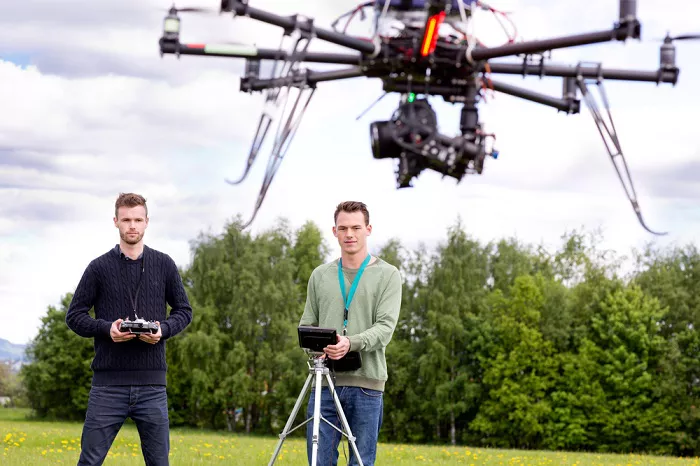Flying a drone can be an exciting and rewarding experience, whether you’re capturing aerial photographs, surveying land, or simply enjoying the view from above. However, it’s crucial to understand where you can legally fly your drone to ensure safety, compliance with local laws, and respect for privacy. This article provides a comprehensive guide to drone flight regulations, focusing on areas where drone flying is permitted and restricted.
General Guidelines for Drone Flight
Before taking to the skies, it’s essential to familiarize yourself with the general rules governing drone operations:
- Altitude Limits: In many countries, drones are restricted to a maximum altitude, often around 400 feet (120 meters) above ground level, to avoid interference with manned aircraft.
- Prohibited Areas: Drones are typically not allowed to fly near airports, military bases, government buildings, and other sensitive locations without explicit permission.
- Line of Sight: Operators are usually required to maintain a visual line of sight with their drone during flight.
- Weather Conditions: Avoid flying in adverse weather conditions such as high winds, rain, or fog, which can affect drone stability and control.
Where You Can Fly Your Drone
While there are restrictions, several areas are generally permissible for drone flight:
- Private Property: With the landowner’s permission, you can fly your drone over private property. Ensure that you respect the privacy of others and avoid flying over neighboring properties without consent.
- Designated Drone Parks: Some regions have established parks or zones specifically for drone flying, providing a safe and legal environment for enthusiasts.
- Rural Areas: Open fields and rural landscapes often present fewer obstacles and less air traffic, making them ideal locations for drone flights.
- Public Events: With prior approval from event organizers and relevant authorities, flying drones at public events can be permissible.
Where You Cannot Fly Your Drone
To ensure safety and compliance, avoid flying drones in the following areas:
- Near Airports: Flying drones within a certain radius of airports is prohibited to prevent interference with manned aircraft operations.
- Over Military Bases: Drone flights over or near military installations are strictly regulated and often prohibited due to security concerns.
- Over Crowded Areas: Avoid flying drones over large crowds or gatherings to minimize the risk of accidents.
- Near Emergency Scenes: Flying drones near accident sites, fires, or rescue operations can interfere with emergency response efforts and is typically prohibited.
Obtaining Permission for Restricted Areas
In certain situations, you may obtain permission to fly your drone in restricted areas:
- Special Events: Organizers of public events may grant permission for drone flights, often requiring operators to follow specific guidelines and obtain necessary approvals.
- Research and Surveying: Academic institutions or surveying companies may receive permits to fly drones in areas typically off-limits to the public.
- Emergency Response: Drones can be used by authorized personnel in emergency situations, such as search and rescue operations, with appropriate permissions.
Always ensure that you have the necessary permissions and are aware of any specific requirements or restrictions before flying in these areas.
Safety and Best Practices
Regardless of where you fly, adhering to safety guidelines is paramount:
- Pre-Flight Checks: Inspect your drone for any damage, ensure all components are functioning correctly, and verify battery levels before each flight.
- Respect Privacy: Avoid capturing images or videos of individuals without their consent, especially in private settings.
- Stay Informed: Regularly check local regulations and any temporary restrictions that may affect your planned flight areas.
- Insurance: Consider obtaining drone insurance to cover potential damages or liabilities.
Conclusion
Flying a drone offers unique perspectives and opportunities, but it’s essential to do so responsibly and legally. By understanding where you can and cannot fly, obtaining necessary permissions, and adhering to safety guidelines, you can enjoy your drone flying experience while ensuring the safety and privacy of others. Always stay informed about local regulations and respect the airspace to contribute to a positive drone community.


